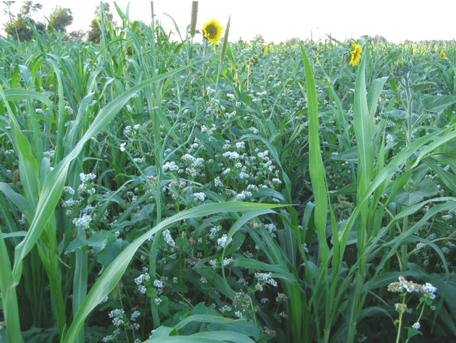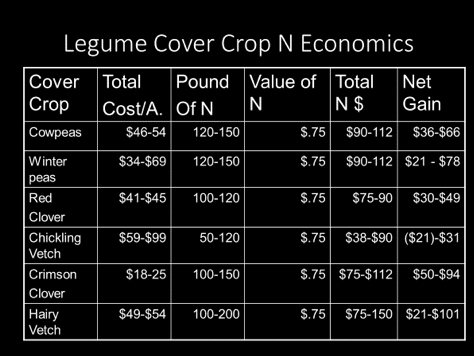A series of natural disasters has left many fields throughout the Midwest unplanted this year. More than 3 million acres of corn were not planted. At the time I penned this, over 19 million soybean acres remained to be planted. Many of those acres will not get planted. While this is certainly unfortunate, it can also be an opportunity.
Farmers in this situation have a unique opportunity to advance the health of their soils, thus making their farm more resilient to future flooding, and put more money in their pockets by decreasing input costs. Farmers have the ability, through their management (or stewardship as I prefer to call it) to build soil structure which will improve water infiltration and the ability of that water to move throughout the soil profile.

Soil structure starts with soil aggregates. Aggregates are formed when the secretions of biology and mycorrhizal fungi (along with root exudates) bind sand, silt, and clay particles with organic matter. These aggregates, both large and small, create the pore spaces that are necessary for water infiltration. The more pore spaces, the more water that can be infiltrated and then move throughout the soil profile. Think of it like “marbles in a jar.” Water is able to move around the “marbles” thus infiltrating into the soil.
It is also important to realize that soils are a subaquatic ecosystem. Microorganisms live in and on thin films of water in those pore spaces. The more pore spaces, the more biology. The more biology the more potential for nutrient cycling. The more nutrient cycling the less one needs to spend on inputs.
There is no better way to start this process than by planting a diverse cover crop mix. Why not take those prevent plant acres and plant them to just such a mix? The species you put in the mix will depend on your specific resource concerns. Obviously, with the acres that will be in prevent plant, the major resource concern would be soil aggregation. In order to build soil aggregates, fibrous root systems are needed. This means predominantly grass species.
Warm season grasses such as sorghum/sudangrass and millets are a good choice. These grasses have the ability to withstand the heat of the summer while producing a large root mass. Those roots will aid in the development of soil aggregates. Along with these grasses legumes can be added which, with the aid of rhizobia, will cycle atmospheric nitrogen. Above every acre there is approximately 32,000 tons of atmospheric nitrogen. Why not use that instead of purchasing synthetic nitrogen? The following chart shows just how much nitrogen some legumes can cycle and the value of that N.

Legumes such as cowpeas, mung beans, guar and sunn hemp are all good choices for warm season plantings. We recommend not using soybeans in the mix if they are in your crop rotation. It is important to note that one does not want too high a percentage of legumes in the mix as this will have a negative impact on aggregation due to too much nitrogen in the system.
Along with the grasses and legumes, species such as sunflowers would be a good choice. Sunflowers have a deep taproot which is capable of moving nutrients from deep in the soil profile. A small amount, approximately two pounds per acre, of daikon radish can be added to scavenge nitrogen from the legumes.
All of the species I have mentioned will winter kill if you live in a climate where winter frosts occur. In the spring, the remaining residue will armor the soil, protecting it from wind and water erosion.
We would like to see a minimum of seven species in the mix. This is because of the compounding effect that takes place when we have that type of diversity. The different root types and rooting depths will build soil aggregation deeper into the soil profile. The benefit to soil structure and your pocketbook will be noticeable almost immediately.
Although not being able to plant a crop is disappointing, the benefits that can be derived from planting a diverse cover crop will be very rewarding.






Post a comment
Report Abusive Comment